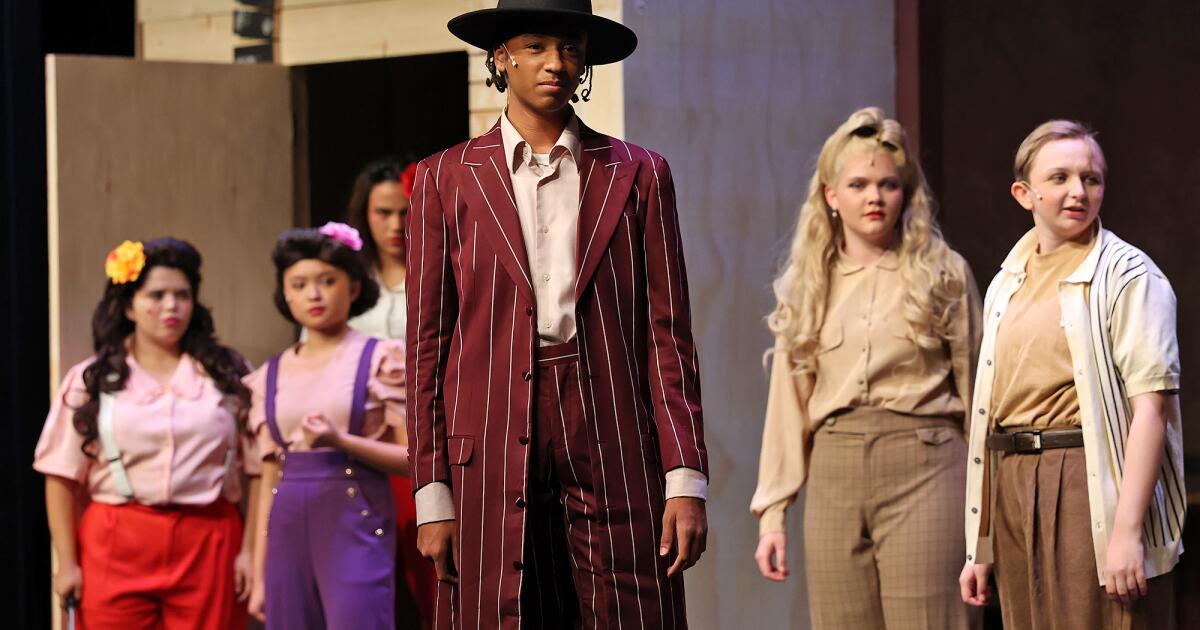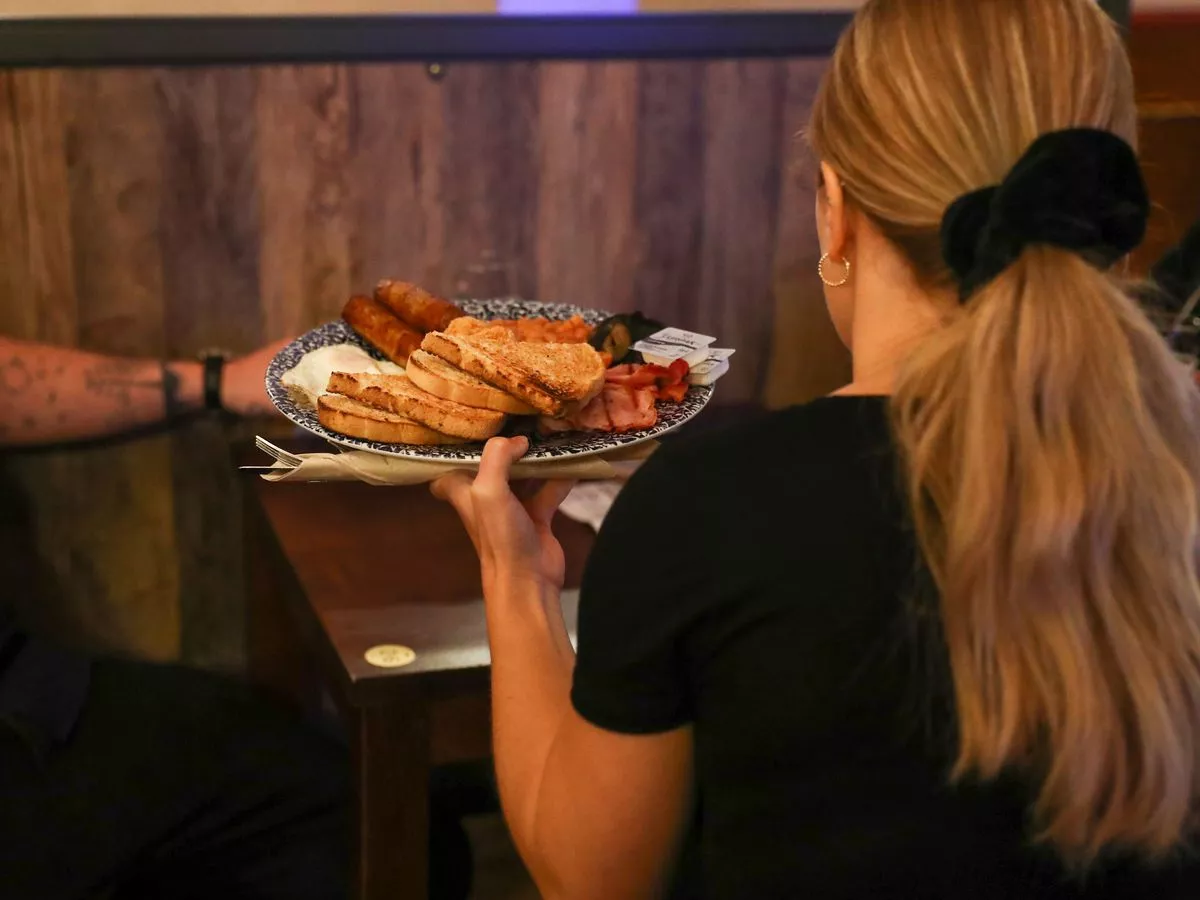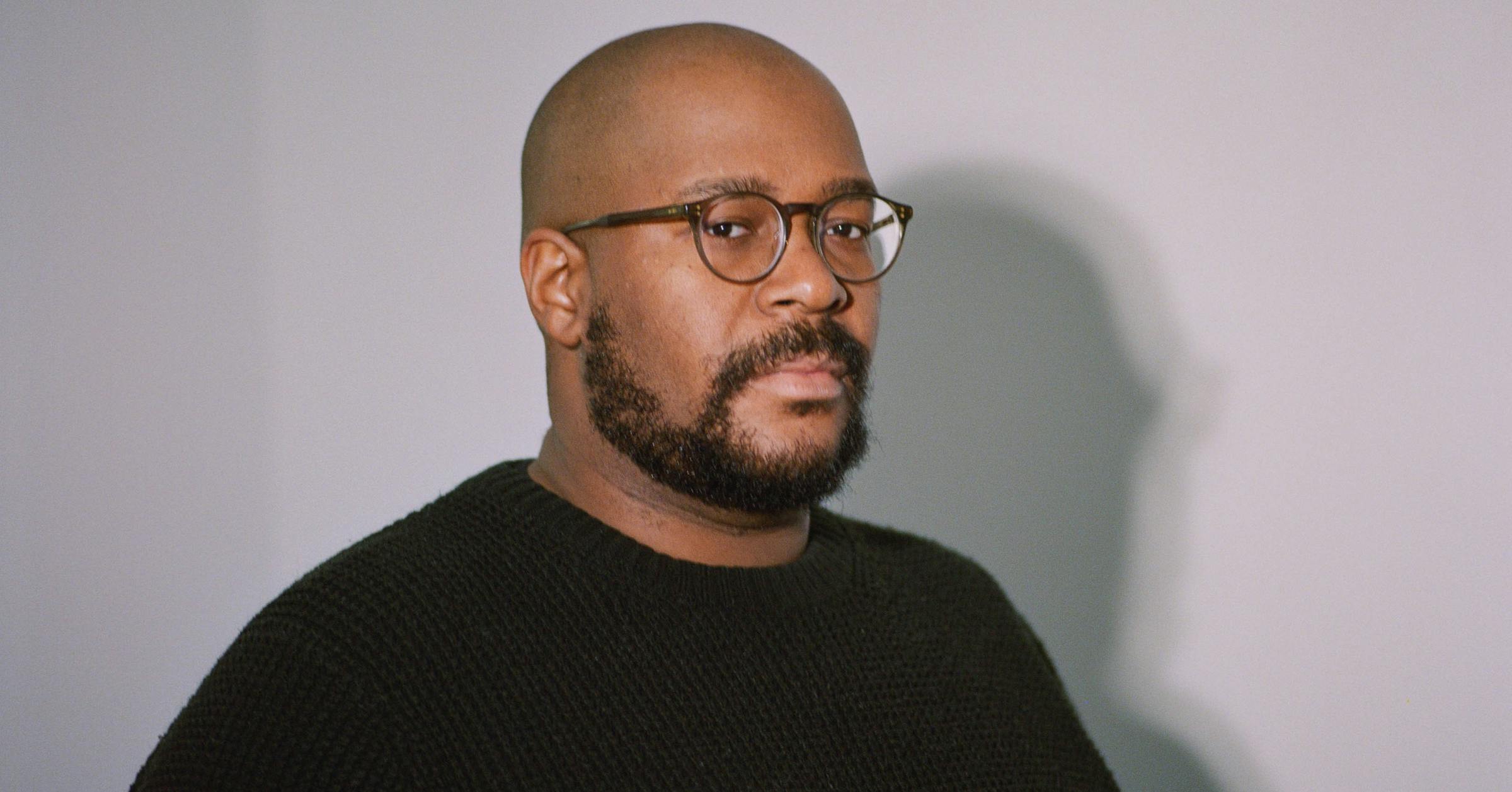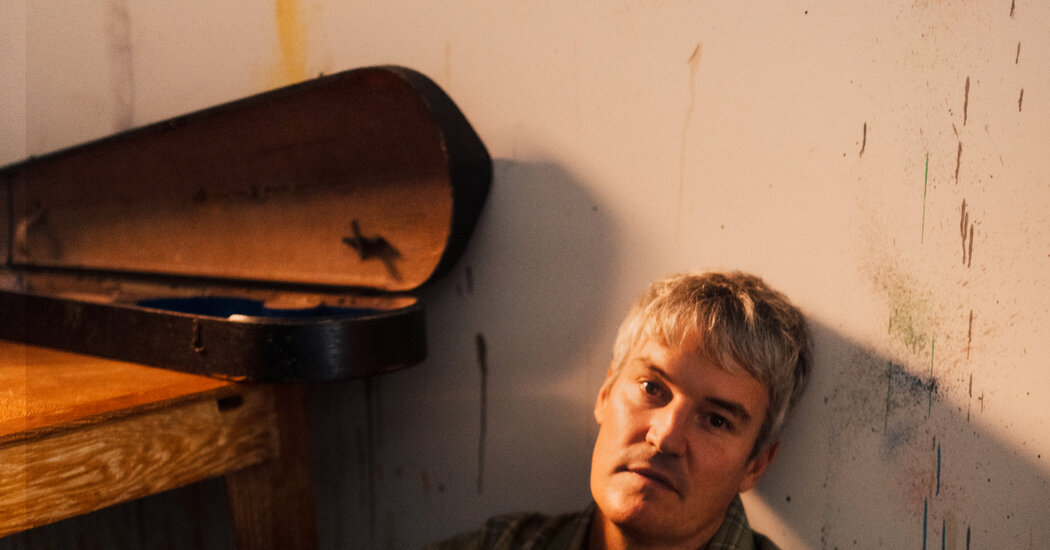Copyright Los Angeles Times

William Shakespeare’s tragedy “Romeo and Juliet” is not only one of the most popular works the playwright produced, but also one of the most performed. In the play, the star-crossed lovers are Italian. But what if Romeo was a white U.S. Navy serviceman, and Juliet was a Chicana deeply rooted in the Pachuco and zoot suit culture of early 1940s Los Angeles? Huntington Beach Academy for the Performing Arts debuted this reimagined tale Thursday night at the Huntington Beach Union High School District Historic Auditorium. Los Angeles’ Zoot Suit Riots in June 1943 pitted American servicemen against Latino residents whose large, stylish suits were seen as unpatriotically lavish during World War II. They came months after the Sleepy Lagoon murder trial, involving the 1942 death of a young Mexican-American man, at a time when racial tensions in the city ran high. “Romeo and Juliet” director Jenny McClintock saw parallels that might make for an interesting show. “To me, that is similar to what I’m still seeing happen with racial divides, divided loyalties and systemic racism, and of course what we’re seeing with mass deportations,” McClintock said. “I’m just seeing patterns. When I look at ‘Romeo and Juliet,’ it’s that same thing, these patterns of intolerance toward the other — whoever ‘the other’ is. Sometimes you won’t even be able to say why you hate that person. It’s just something that you do, because it’s been built into who you are and what your identity is.” The show, which debuted Thursday night, will take a pause on Friday for Halloween but returns at 2 p.m. and 7 p.m. Saturday, as well as 2 p.m. Sunday. Romeo is played by Cole Johnson and Ben Marshall in the double-cast show, while Juliet is portrayed by Sophia Leao De Moura and Liliana Morales. Romeo’s Montague family is white, while Juliet’s Capulet family is Chicano and owns a Mexican restaurant. Color plays a big role in the costuming, said Huntington Beach High junior Miku Rogaski, the show’s lead production manager and costume designer. “Focusing on Juliet herself, she’s in pinks most of the show, because that’s innocence,” Rogaski said. “But as the show progresses, you will notice that her clothing goes from light pinks to darker pinks and deep reds. That signifies a loss of innocence. “At the beginning, she’s a young girl who doesn’t really know much about herself or love or anything. When she meets Romeo, she gets married to him and becomes a newfound adult. But, in a way, she loses her innocence.” Kylie Aviles, Huntington Beach High junior and hair and makeup lead designer, brought the Pachuco image to life. Characters like Tybalt, played by Antonio Lopez and Tristan Mbaya, fully embrace the culture, while Juliet is more neutral. The characters interact during a fun party scene featuring swing dancing. “I would say there’s about 10 to 11 wigs in the show, it just depends who the character is,” Aviles said. “Characters on the Capulet side, it was really popular for them to have what we call a bump. It’s curled hair, and it’s a large, maybe 2-inch bump that sits above their forehead. That was the Pachuco hairstyle back then. It was everything big and exaggerated, to make them look different from everyone else in that time period to make a statement for a culture.” McClintock said she considered adding some lines in Spanish to the English play, but decided against it. “Romeo and Juliet” also features plenty of violence. “We’ve been having a lot of fun with blood and gore,” McClintock said. “It’s a Shakespeare play, and like all of his tragedies, there is a lot of death ... There’s never a right season, of course, for death and violence, but it is Halloween. Kids have it on their minds.” Fake blood packets, placed inside costumes during a 2022 HBAPA production of “Hamlet,” are now being held by the actors in baggies to make for more visible and immediate bleeding. Romeo, who dies by poison, takes some pills during the play and begins to foam at the mouth. “You actually physically see that on stage, which is really cool,” Rogaski said. “It really changes the whole play and makes it feel more real.” McClintock believes the play, which is two acts and clocks in at just under two hours, remains relevant to this today, like many of Shakespeare’s works. “I think we made it even more relevant, because of this reframing of it,” she said. “It’s close to home, in that Los Angeles is literally close to home. There are a lot of friends of ours who are of Chicano and Latino descent who are struggling with intolerance and racial prejudice. I think it’s important, now more than ever, to highlight that and highlight the destructive power of that.”



